Results shown in Fig. About Sustainable Brands Paris Sustainable Brands is the first worldwide community of innovation and sustainability brands and organizations. S3 , S4. International Journal of Life Cycle Assessment All wood pulp in our diapers is third party certified by a globally recognized certification system. The chapter assessment includes an interactive atlas that zooms down to the county level. Hawaii and other Pacific islands, as well as the U. Nylander G Disposable diapers—cloth diapers: a comparison. Meanwhile, water shortages in parts of the southern Great Plains are projected to worsen, while high temperatures are expected to break records in all three states by midcentury. Bristol, UK. The consistency of results was checked against three LCIA methods and the most meaningful endpoints were identified with normalized consumption habits. Brand Fundamentals where brands innovate across product and packaging, leverage their voice to promote social and environmental sustainability and are transparent about their ingredients and safety science while reducing their supply chain impacts.
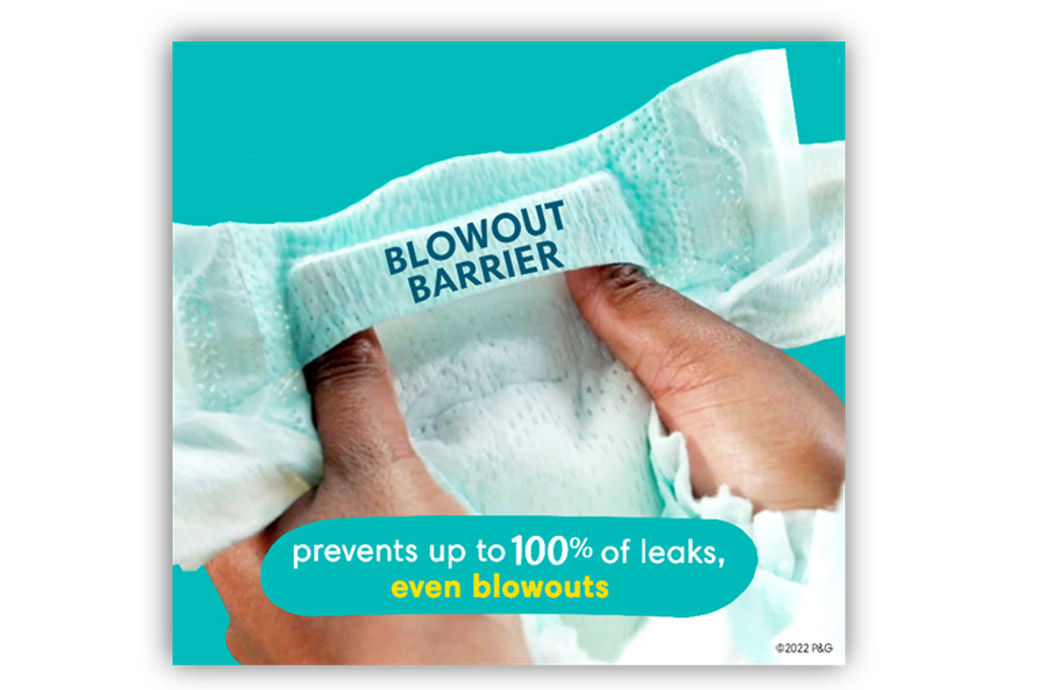

News Releases. Both for Europe and the USA, the changes in non-renewable energy between the and cases are small. More on this topic. Electronic supplementary material. Methodology Report. An updated lifecycle assessment study for disposable and reusable nappies. Environment - space The private company whose spacecraft on the moon tipped over is expected to cease operations after cutting mission short BY Marcia Dunn and The Associated Press. Contributions to the relevant midpoint categories for the and diapers in a the USA with 4, diapers and b Western Europe with 3, diapers. These analyses evaluated assumptions regarding the accuracy of different pulp and AGM data, significance of the variations in distribution distances, impacts related to solid waste handling, results for cumulative energy demand CED and solid waste, and the most relevant indicators from the LCIA.
The Latest in Environment
Most Popular. A damage oriented method for Life Cycle Impact Assessment. More on this topic. Mirabella, N. The Latest in Environment. The consistency of results was checked against three LCIA methods and the most meaningful endpoints were identified with normalized consumption habits. News Releases. Figure 6 shows that the reduction in CED for the diaper is essentially due to the reduction in pulp used and the associated biomass energy used in its production in the supply chain. Gualtieri and A. The studies found that the environmental impacts of the diapering systems are different; however, none of the three diapering systems were environmentally preferable. The scorecard effort is also intended to encourage companies to build their capabilities to track several metrics involved with sustainable operations e. Sign Up.
Diapers: to change or not to change
- Reducing Our Carbon Footprint Find out how we are taking steps to lower our carbon footprint.
- Statements about environmental improvements coming from factors that less or irrelevant indicators e.
- The new Pampers® diapers sold in the USA and Europe have a reduced environmental footprint versus the previous versions
- Figure 6 shows that the reduction in CED for the diaper is essentially due to the reduction in pulp used and the associated biomass energy used in its production in the supply chain, climate pamper us.
- Franklin Associates, Ltd.
All wood pulp in our diapers is third party certified by a globally recognized certification system. Pampers diaper packaging is designed to be recyclable where facilities exists. Read about our steps and commitments for a less wasteful world with our lighter diapers and learnings from waste pilots worldwide. Skip to home Skip to main content Skip to search. Some Of Our Steps from materials to manufacturing. Regrown trees logo One tree is regrown for every tree we use. Certified diapers logo All wood pulp in our diapers is third party certified by a globally recognized certification system. Recycled diapers packaging logo Pampers diaper packaging is designed to be recyclable where facilities exists. Start Exploring. Discover The Science. Discover More. Reducing Our Carbon Footprint Find out how we are taking steps to lower our carbon footprint. Re-thinking Materials And Waste Read about our steps and commitments for a less wasteful world with our lighter diapers and learnings from waste pilots worldwide. FAQs about diapers and wipes sustainability.
The aim climate pamper us this study was to investigate the factors that influence the sustainability of disposable baby diapers nappies using life cycle assessments LCAs. Size 4 Pampers® Cruisers North American name and ActiveFit European name from are compared to new versions made in to determine if the design and materials changes intended to improve performance also lead to reductions in the most relevant environmental indicators. SimaPro 7 is used to model the LCA. Several life cycle impact assessments LCIA methods, climate pamper us, sensitivity analyses, normalization to annual consumption, and Monte Carlo analysis are used to produce and check results. Other indicators are insignificant.

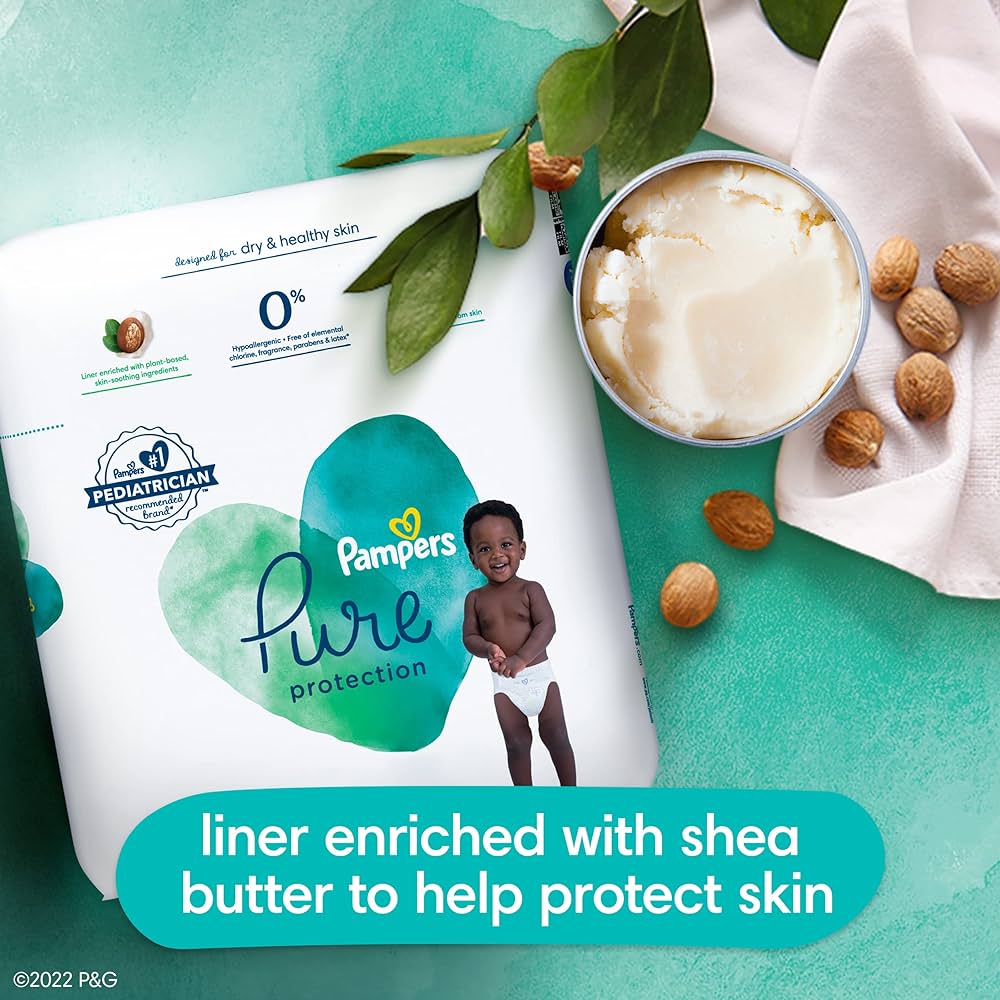
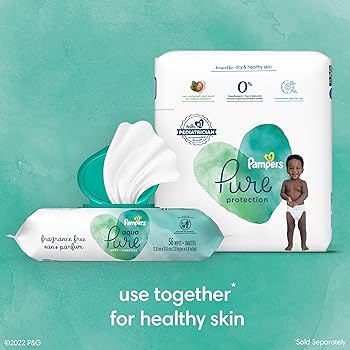
Climate pamper us. Our Approach
Some disposable diapers climate pamper us produced with biopolymers of plant origin, which may offer long-term net carbon sequestration from the atmosphere if huggies potrawa przepis are land-filled. Photo by Niklas Morberg. Whether they are used on the very young or the very old, disposable diapers must be regarded as one of the most convenient products of modern society. Question is: what type of impact do these products have on the environment? Conventional reusable diapers are most often made from cotton, which has large impacts in terms of the water use, pesticides, and carbon dioxide emissions. Washing these diapers adds a significant increment to climate pamper us treatment, climate pamper us. Disposable diapers often incorporate polypropylene or polyethylene, both petroleum-based plastics, which release fossil CO2 when they are burned and offer no net sequestration of carbon if they are land-filled. A raw material, itaconic acid derived from the fermentation of plant materials, is polymerized to produce fabric. The magnitude of the material consumption in diapers is impressive. Assuming that the typical infant uses more than 4 diapers each day, each weighing 33 grams when drythen this infant is responsible for about kilograms about lbs of disposable diapers in climate pamper us first 2. In the European Union, each conventional disposable diaper is estimated to release 89 grams of CO2 from the production of raw materials; glueless models can reduce that impact by about 10 percent, climate pamper us.
Main navigation
We want our brands to be growing and creating value while having a measurable, long-term, positive impact on society and the environment. The Herbal Essences Ambition is to enable everyone to experience the positive power of nature and to support biodiversity for the benefit of people and the planet. Beyond this, Herbal Essences is leading the way in sharing comprehensive information about its ingredients , transparently explaining their 4-step safety process and being recognized by PETA as a cruelty free brand. Herbal Essences bio:renew is the first global hair care brand to have its botanicals endorsed by the Royal Botanic Gardens, Kew , a world leading authority on plants. Herbal Essences is also leveraging its voice to promote the launch of packaging designed to help the visually impaired and beach plastic bottles in its largest market, the US.
A systematic literature review on greenwashing and its relationship to stakeholders: state of art climate pamper us future research agenda Article Open access 09 March Hawaii and other Pacific islands, as well as the U. Almost all human activities, with the many processes and products involved, have some environmental impact.
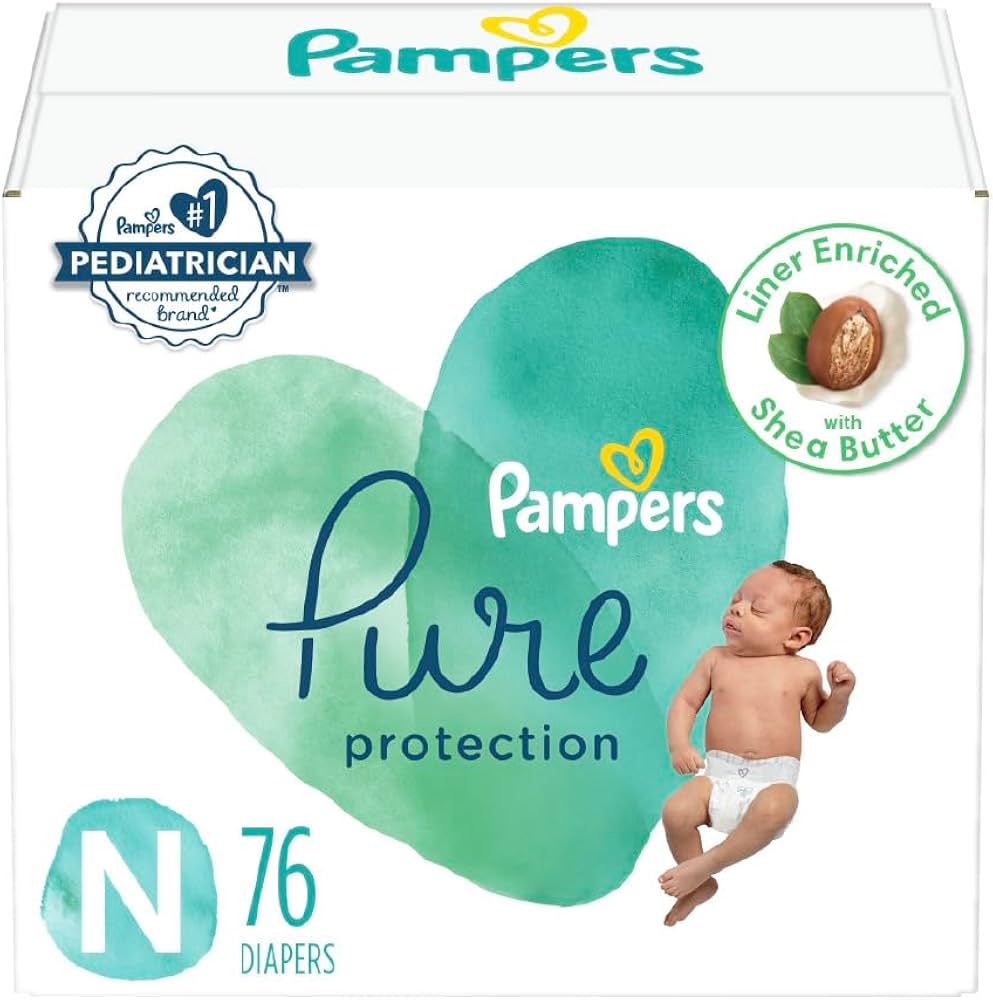
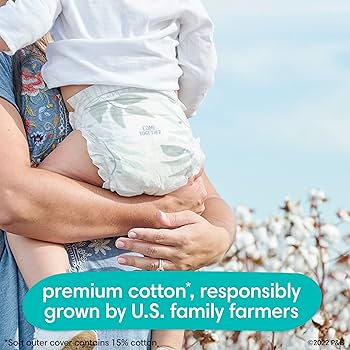
THIS Is the Safest Place to Live in the US as the Climate Changes
It is remarkable, it is very valuable information